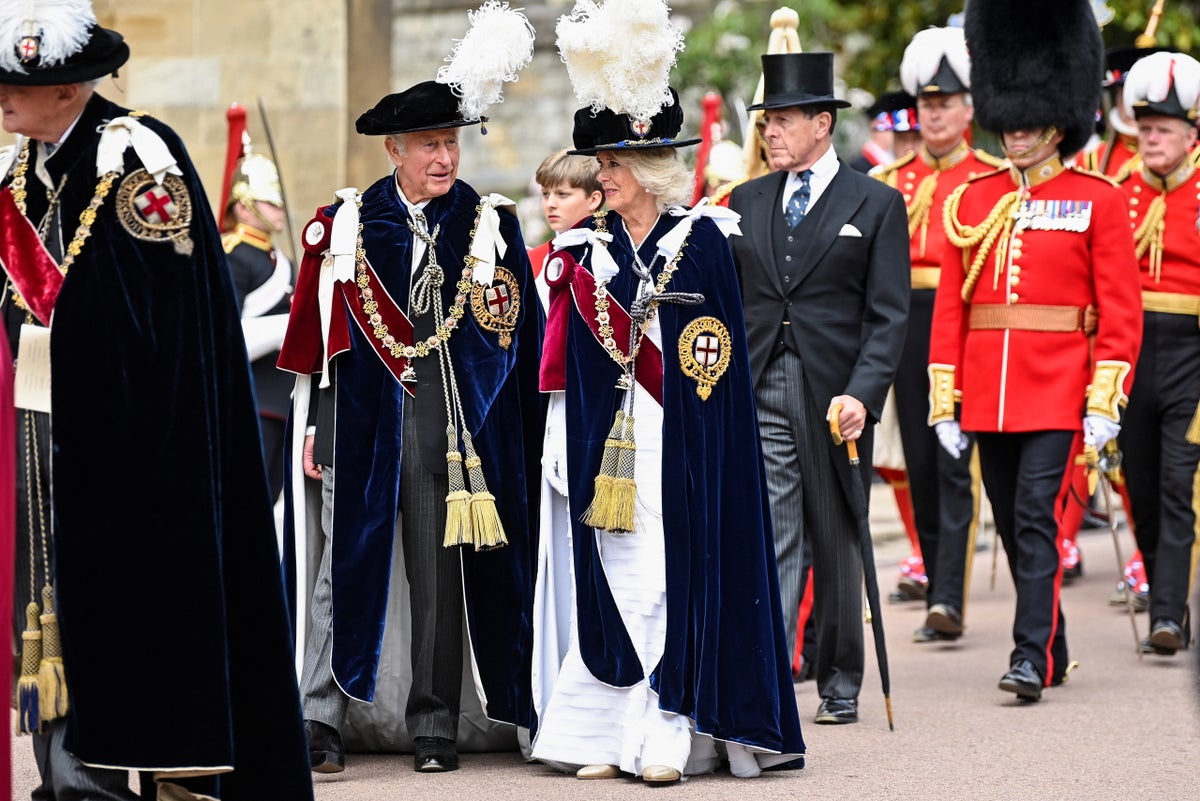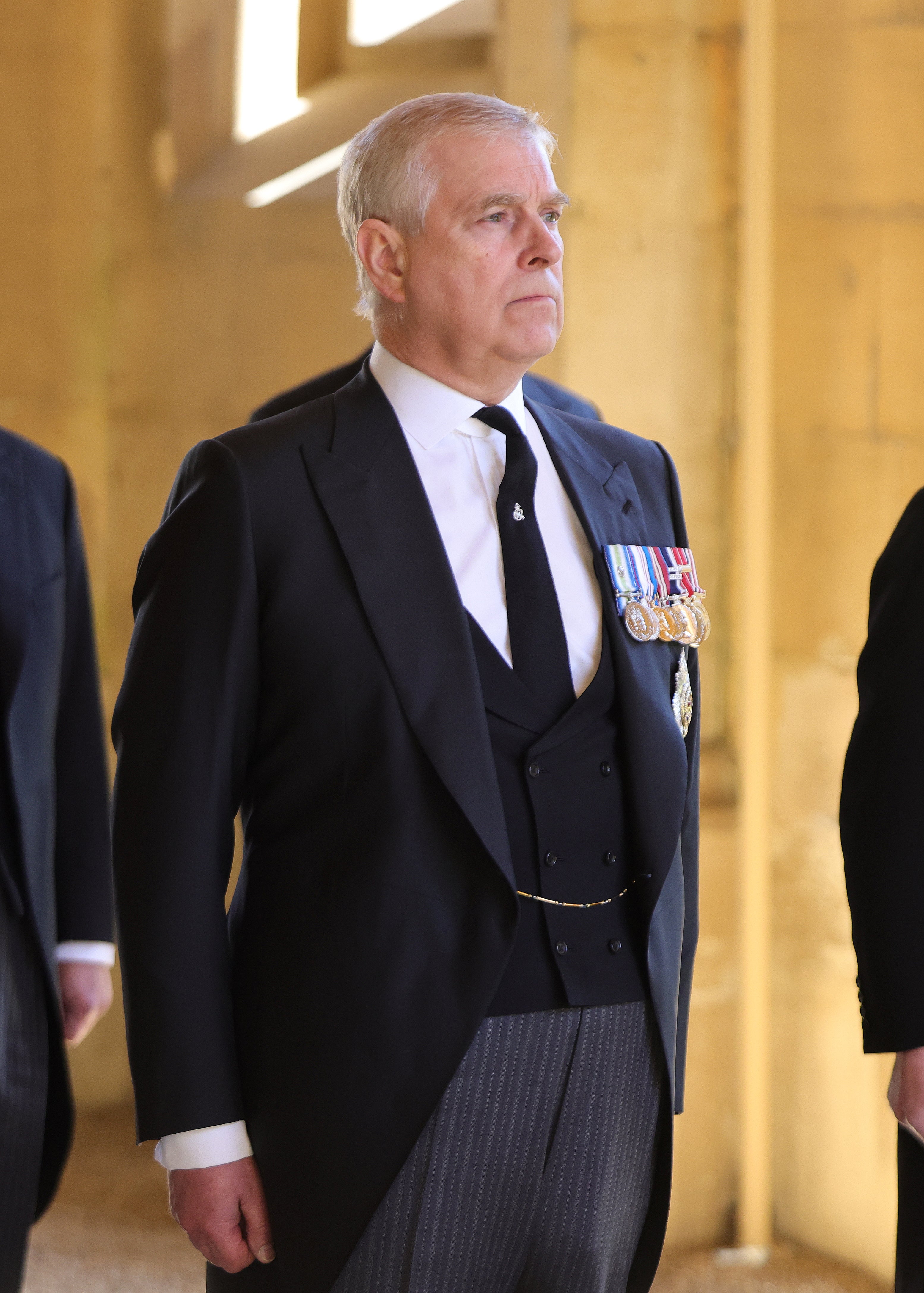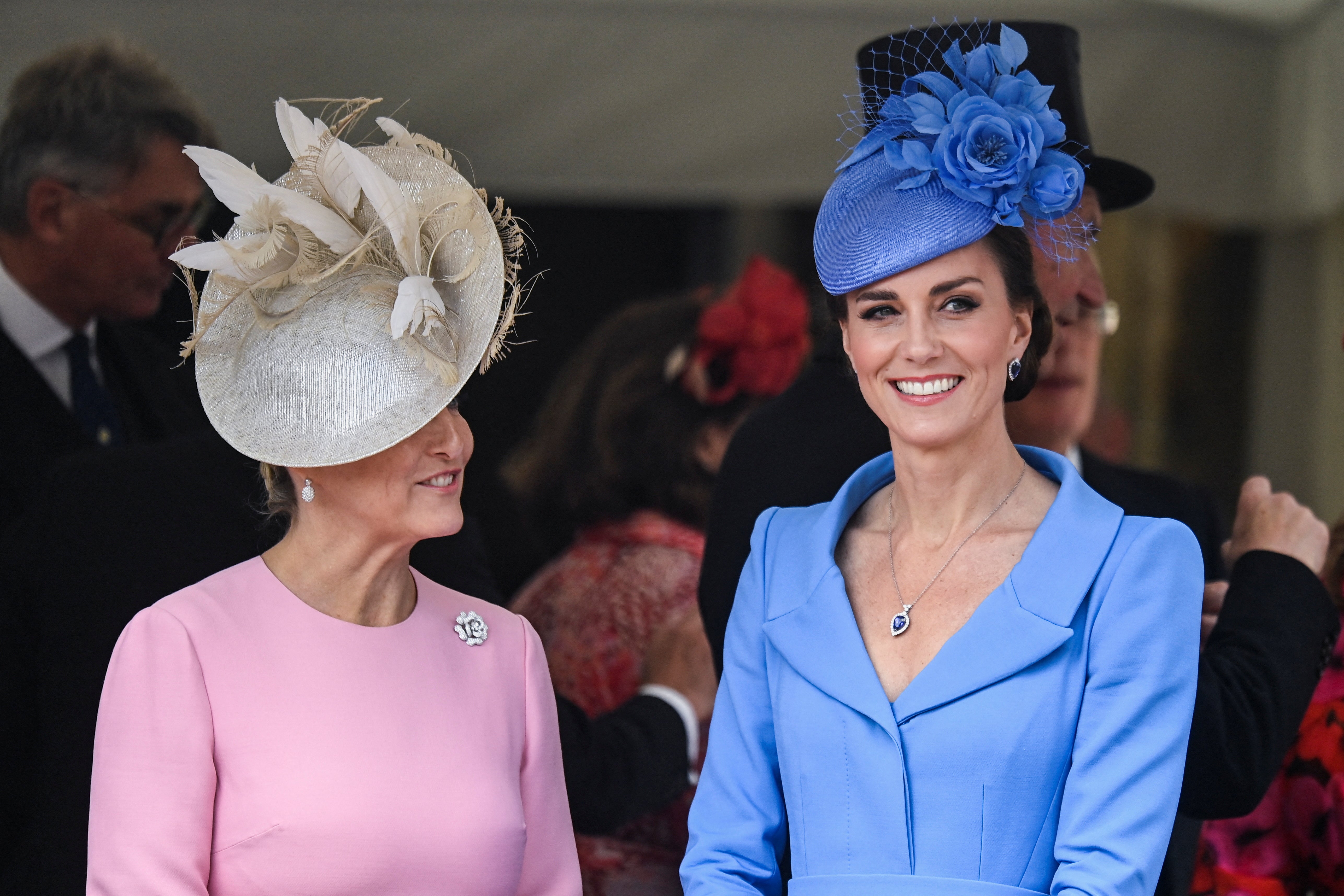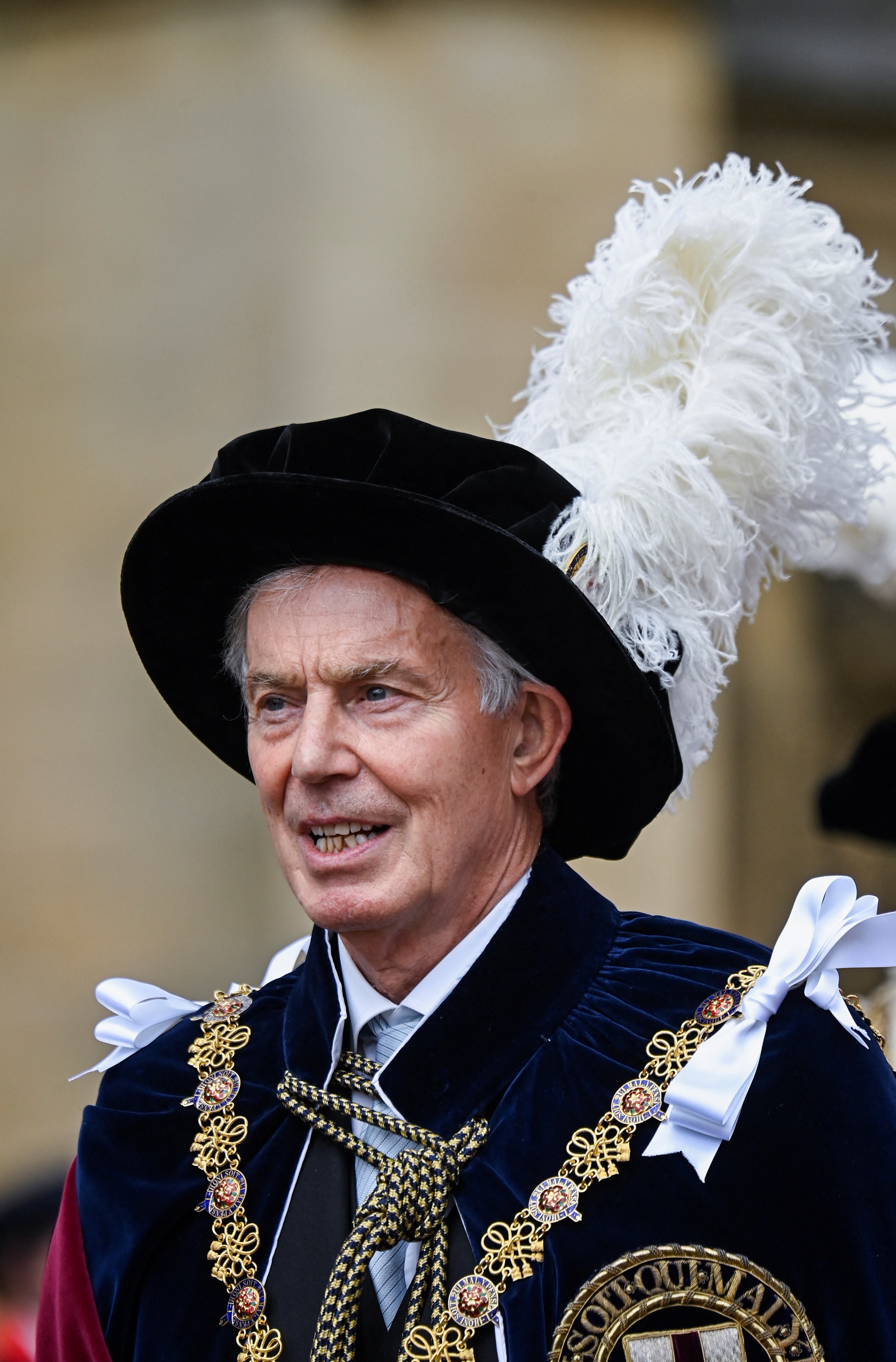
The disgraced Duke of York was forced to remain out of sight during the Garter Day procession after a “family decision” was taken to limit his appearance to a behind-the-scenes lunch and investiture ceremony.
As the Prince of Wales, Duke of Cambridge and other senior royals processed through the grounds of Windsor Castle for a church service commemorating the Order of the Garter, Andrew stayed behind closed doors.
The occasion laid bare the royal family’s problem – what formal role, if any, can Andrew play after his reputation was severely tarnished by his involvement in a civil sexual assault case.

And it also exposed the internal struggle between senior members of the royal family and the duke’s reported desire to be reinstated as a working royal.
Charles and his son William are understood to have lobbied the Queen about Andrew’s participation in Garter Day, which features the church service, an investiture for new members of the order and a lunch.
A version of the Order of Service for the St George’s Chapel service names Andrew as being part of the Garter knights while in another distributed to the public he has been omitted.
Joe Little, managing editor of Majesty Magazine, said: “Clearly it was the intention he would be there, as he does feature in one of the lists, so it’s not a media invention he was going to be there, until recently that was the intention.
“Interesting that the family should need to intervene on something like this and to pull him back but clearly that’s what it takes.”

Mr Little speculated the events of Garter Day may cause Andrew to reassess his future and how “impossible” it is for him to return as a working member of the royal family.
He said about the move to remove Andrew from public view: “I think the decision they’ve made is a sensible one, I think they’re fully aware of the public’s opinion of the Duke of York’s conduct and that this is very much a damage limitation exercise on behalf of senior members of his family.”
The Queen had signalled her support for Andrew – rumoured to be her favourite child – by arriving with him for the Duke of Edinburgh’s memorial service in March.
Andrew provided a steady arm for the Queen as she walked into Westminster Abbey to remember the life of her husband, a few weeks after he reached a multimillion-pound out-of-court settlement in a civil sexual assault case.
But there has been speculation senior members of the royal family did not approve of his appearance and it appears the Queen has conceded to their views regarding Garter Day staged at Windsor Castle.

Around 4,500 spectators within the castle walls watched the colourful procession of Garter Knight and Ladies dressed in blue velvet mantles, red velvet hoods, black velvet hats and white ostrich plumes.
It was joined for the first time by Duchess of Cornwall who has been appointed a Royal Lady of the Order of the Garter.
Former prime minister Sir Tony Blair was also appointed to the oldest and most senior British Order of Chivalry as a Knight Companion, and the honour prompted a noisy protest outside the castle walls by around 100 Stop the War activists who at one point chanted “Tony Blair war criminal”.
Lindsey German, convenor of the Stop the War Coalition, said: “We are here today because we are disgusted that Tony Blair is being given this knighthood, there’s no one less deserving of this honour.
“We talk about war crimes and death in Ukraine – and quite rightly – but we say nothing about Tony Blair taking us into an illegal war.”

Sir Tony walked with Baroness Valerie Amos who joined the Order as a Lady Companion. The Labour Peer, the first black person to become a cabinet member, is now also the first black person appointed to the Order.
The Queen did not be take part in the procession of Garter Knights. Given her mobility issues the decision was expected and in past years she has travelled by car to the place of worship.
But she did attend the lunch and the investiture ceremony and was later photographed, with Charles and Camilla, wearing her Garter sash as she held her walking stick.
The Duchess of Cambridge watched the colourful procession with the Countess of Wessex from the Galilee porch entrance of St George’s Chapel, and after the service she travelled by carriage with Charles, Camilla and William back to the castle.
Other members of the royal family also made their way back up the hill in a carriage while other knights, including former prime minister Sir John Major, travelled by car.







